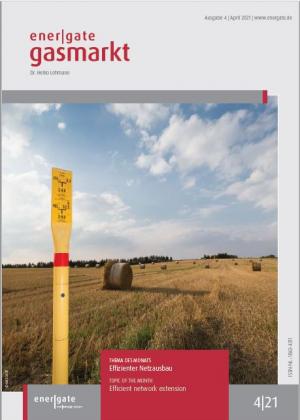The question of efficient network extension is at least as old as network planning under regulatory guidance. This network planning will celebrate its 10th anniversary on August 22. On that day ten years ago, Prognos, a consultancy, published the first consultation document of the Scenario Framework for the Network Development Plan (NEP) 2012 of the German TSOs. Already in the consultation for the first NEP, there had been discussions on whether network extension based on the complete provision of firm freely allocable capacity (FZK) on all bookable entry and exit point is economically efficient. In its NEP consultation questionnaire for the 2012 NEP, BNetzA explicitly raised this question.
During the consultation process for NEP 2012, separate workshops for power plant operators and storage operators were organised. During the workshops, the TSOs presented their concepts of dynamically allocable capacity (DZK) as a "power plant capacity product" and temperature related capacity (TaK) as a "storage capacity product". The main purpose was to model the necessary, more precise efficient network extension for new power plants and storage facilities. But the necessary capacity for already existing plants and facilities should also be determined based on these restricted capacity products. The so-called "separation model" was applied. The capacity products used for the modelling should not predetermine the offer of capacity products to the plant operators or storage users in the capacity marketing process. But this separation was always a bit artificial. After years of discussing the proper design and application of TaK, things went quiet regarding this product - it seems to have been accepted. In February, DZK was the subject of a hearing at the Higher Regional Court (OLG) of Dusseldorf, one of the concrete reasons for this report. More about the court procedure later.



